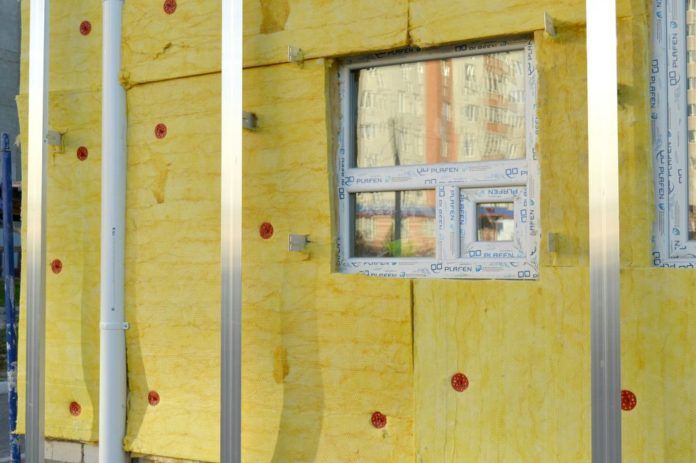The building market for insulation products has fallen by around 16% to £1.4 billion, mainly due to the impact of COVID-19 restrictions on newbuild and domestic retrofit activity. This is according to the Building Insulation Products Market Report – UK 2021-2025 by AMA Research.
Key market influences included changes to building regulations and energy prices. The Building Regulations Part L 2013 were updated to reduce carbon emissions by a further 6% on top of the 2010 standard for new domestic buildings, and by 9% for new non-residential buildings. Government subsidy schemes have also driven growth in the domestic market.
Industrial energy costs have increased sharply since 2016 (although coal and gas prices fell in 2019), and in the longer-term are forecast to rise further, likely resulting in higher end-product prices for insulation products.
This is likely to be compounded by the ongoing weakness of Sterling, leading to increased import prices for many materials.
In 2015, the market for building insulation products experienced a downturn, driven by a significant fall in government-subsidies, which had previously been a large end use sector.
This reduced funding for the Energy Company Obligation (ECO) resulted in far lower levels of domestic installation activity compared to under previous government initiatives. Despite the decline of the retrofit market, the overall market increased year-on-year from 2016 to 2019, through strong demand in new housebuilding, a growing market for home extensions, and a strong non-residential newbuild sector, particularly in 2017, which saw the total market value increase by around 6%.
Growth continued in 2018 and 2019 as non-residential construction output and housebuilding levels continued to rise, despite a slowdown in some sectors, such as offices and retail, taking market value to around £1.7 billion.
Alex Blagden, senior market analyst at AMA Research, said: “The market is likely to decline by a further 3% in 2021, but will recover from 2022 onwards, with growth rates of around 4-6% per annum through to 2024.”
This recovery is likely to be driven by strong demand for new housing, recovering levels of non-residential new work and the prospect of an improved retrofitting market through increased ECO funding from 2022.




